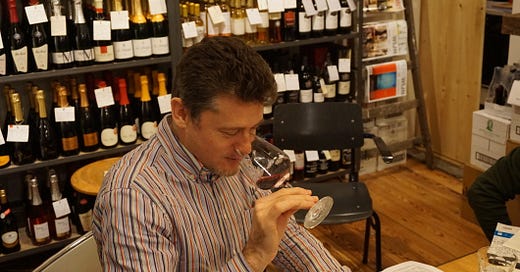The unknown Austria - Part 2
For the introduction to this tasting, please see Part 1.
Orange Interlude
Austria shares borders with Northern Italy and Slovenia - both parts of the world with a long tradition of using extended skin maceration in white wine. So it's no surprise that Austrian winemakers have taken to this style enthusiastically, with some now well into a decade or more of "orange" vintages.

Rennersistas – Welschriesling 2015
Susanne and Steffi Renner are the younger generation at this organically certified family winery in Gols. This is their first vintage, and what an achievement. It’s defiantly cloudy, bursting with life and carried by nervy acidity, ginger and citrus aromas. There’s an intensity and concentration that I associate with skin contact (this saw 7 days, with half the grapes destemmed). It has to said, Welschriesling can be pretty boring when it's vinified conventionally as a fresh, young white wine.
A very accessible “orange”, and extremely clean for a no added SO2 wine. The “Sistas” trave…
Keep reading with a 7-day free trial
Subscribe to The Morning Claret to keep reading this post and get 7 days of free access to the full post archives.




